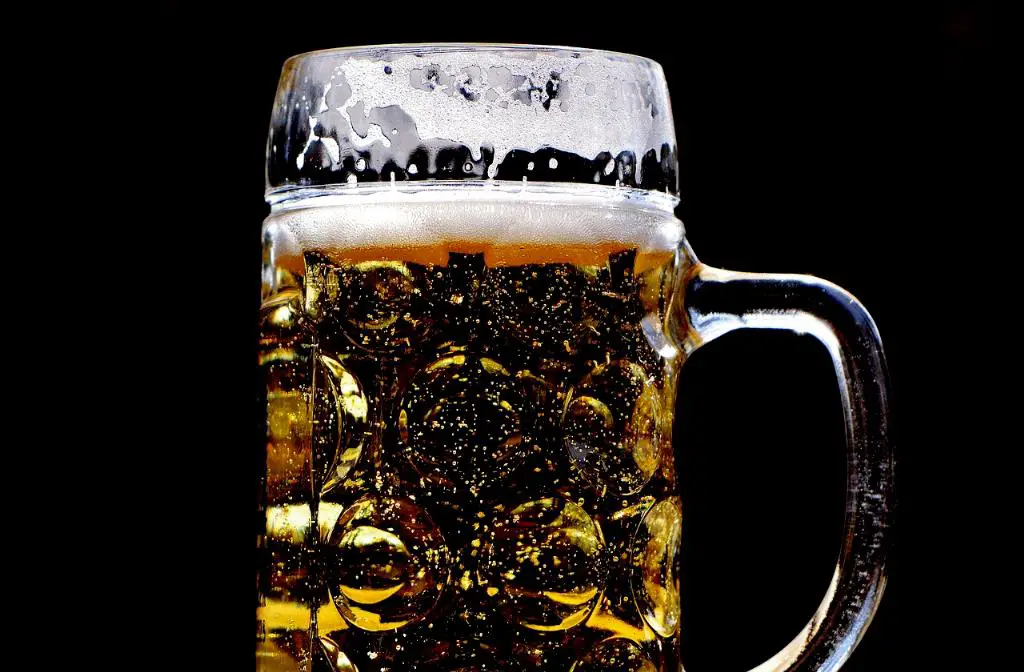In the vibrant world of craft beer, there is an ever-expanding variety of styles to explore and enjoy. From amber ales to stouts, each style has its unique characteristics that appeal to different palates. Two popular beer styles that enthusiasts often compare and contrast are the IPA (India Pale Ale) and NEIPA (New England IPA).
The Basics of IPAs
Let’s start with the IPA, a style known for its hop-forward nature and bold flavors. IPAs originated in England during the 18th century and were originally brewed with higher alcohol content and extra hops to survive long journeys at sea. Traditional IPAs typically have a clear appearance, a pronounced hop bitterness, and a dry finish.
Introducing the NEIPA
Now, let’s dive into the exciting world of NEIPAs. The New England IPA is a relative newcomer in the craft beer scene, emerging in the early 2000s. What sets NEIPAs apart is their unique combination of hazy appearance, lower bitterness, and intense fruitiness.
Appearance: Clarity vs. Haze
One of the most noticeable differences between IPAs and NEIPAs is their appearance. Traditional IPAs have a clear or slightly hazy appearance, showcasing their golden or amber color. On the other hand, NEIPAs are notorious for their hazy or even murky appearance, often resembling a glass of freshly squeezed orange juice.
Bitterness: High vs. Low
When it comes to bitterness, IPA lovers tend to seek out the intense hop bitterness that characterizes the style. IPAs are known for their assertive hop bitterness, which can range from moderately bitter to palate-scorching levels. In contrast, NEIPAs showcase a significantly lower bitterness level. This allows other flavors, such as hop aromas and fruitiness, to take the spotlight.
Flavor Profile: Bold vs. Fruity
Speaking of flavors, the difference in taste is pronounced between IPAs and NEIPAs. Traditional IPAs boast a resinous, piney, and citrusy hop profile, with the bitterness often overpowering other flavors. NEIPAs, in contrast, offer a juicy and tropical explosion of flavors. These beers entice the taste buds with notes of ripe mango, pineapple, passion fruit, and even stone fruits. The presence of fruity esters and hop oils results in a smooth and velvety mouthfeel.
Yeast and Malt: Traditional vs. Experimental
Another significant distinction lies in the yeast and malt used in brewing these styles. Traditional IPAs feature clean fermentation with neutral yeast strains, allowing the hop flavors to shine. Brewers often employ a simple malt bill, consisting of pale malts and sometimes specialty malts to add some complexity. In contrast, NEIPAs frequently employ unique yeast strains, such as Vermont Ale yeast, which contributes to the distinctive fruity and hazy characteristics. Additionally, brewers tend to use a more complex malt bill, incorporating oats and wheat to enhance the creamy mouthfeel and haze.
The Debate: Love and Preferences
The differences between IPAs and NEIPAs have sparked passionate debates among beer enthusiasts. Some favor the classic, bitter punch of a well-crafted IPA, relishing in its hop-forward profile. Others find themselves drawn to the juicy, tropical explosion of flavors found in NEIPAs, appreciating the softer bitterness and velvety mouthfeel. Ultimately, it all comes down to personal preferences and individual palates.

Conclusion
In conclusion, IPAs and NEIPAs offer distinct experiences in the world of craft beer. While IPAs showcase clarity, high bitterness, and bold hop flavors, NEIPAs offer a hazy appearance, lower bitterness, and a delightful fruit-forward taste. Whether you lean towards the traditional or the avant-garde, both styles provide an exciting range of flavors and aromas to explore. So, the next time you’re in the mood for a hoppy adventure, pick your poison and savor the unique characteristics of either an IPA or NEIPA.
